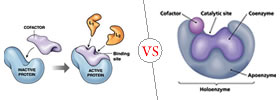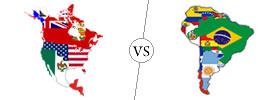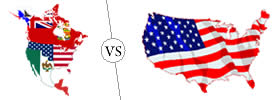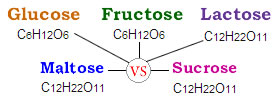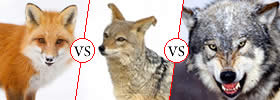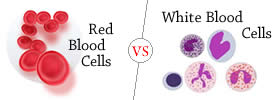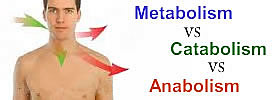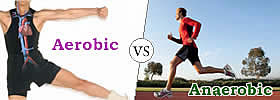Science & Mathematics
|
Both, cofactor and coenzymes play an extremely important role in the metabolic functions of the body. A coenzyme is technically a type of cofactor, wherein coenzymes are defined as molecules that are bound loosely to an enzyme, and cofactors are those chemical compounds that bind to proteins. |
|
North America and South America are two continents. Both North America and South America are located in the Western Hemisphere, i.e. west of the prime meridian. However, North America is in the Northern Hemisphere, while South America is in the Southern South America. |
|
North America is a continent that exists in the Northern Hemisphere and in the Western Hemisphere. At times it is also considered as a sub-continent of the Americas. USA, also referred to as United States of America, United States, or just America, is a country located in North America. |
|
Glucose and Fructose are monosaccharides, whereas Lactose, Maltose and Sucrose are disaccharides. Glucose is classified as an aldehyde, whereas fructose as a ketone. Two glucose units are combined to form Maltose. Sucrose is formed by combination of Fructose and glucose. Lactose consists of Galactose and Glucose. |
|
The Richter magnitude scale is a scale that assigns earthquakes a number between 1 and 10 in order of increasing intensity. The Mercalli intensity scale is another seismic scale. It labels an earthquake from I to XII depending on the effects of the earthquake. |
|
A seismograph is any instrument that measures motions of the ground, including those of seismic waves generated by earthquakes, volcanic eruptions, and other seismic sources. While, the Richter scale is a scale, ranging from 1 to 10, for indicating the intensity of an earthquake. |
|
NASA, which stands for National Aeronautics and Space Administration, is the civilian space program and for aeronautics and aerospace research in the United States of America. ISRO, on the other hand, is the primary space agency of India. ISRO stands for Indian Space Research Organisation. |
|
Fox, Jackal and Wolf, all three mammals belong to the Canadae family of mammals. Canids are further divided into the Canini (dog-like canids) and Vulpini (fox like canids). Most of the foxes belong to Vulpini tribe, whereas wolves and jackals belong to Canini tribe. Wolves fall in the largest members of the Canadae family and are part of the Genus Canis (except Maned wolf). Jackals include 3 species which are commonly found in Asia, Africa and Europe. Nearly 37 species are included in the Fox group. However, only 12 species are known as ‘true foxes’. Generally, Fox and jackal do not hunt in packs like wolves. |
|
Aerobic respiration is the process of breaking down glucose using oxygen. Anaerobic Respiration is the process of breaking down glucose without using oxygen, but rather catalysts. |
|
Red Blood Cells (RBCs) and White Blood Cells (WBCs) are main components of blood. RBCs are also known as erythrocytes. WBCs are known as Leukocytes. Unlike WBC, Mature RBCs do not have a nucleus. They both differ in their primary function. RBCS need to transport oxygen to the body cells. On the other hand, WBCs work for the immune system. RBC’s are red-colored, whereas WBCs are colorless. The number of RBCs found in blood is much higher than WBCs. Thus, they differ in many aspects like appearance, physical structure, functions and composition. |
|
The terms 2D, 3D, and 4D stand for two-dimensional, three-dimensional and four-dimensional respectively. They are named for the number of dimensions that they portray. 2D represents an object in just two dimensions, while 3D represents it in three dimensions. The fourth dimension however is an abstract concept. |
|
The term 2D and 3D are used to indicate dimensions. The term 2D stands for Two-Dimensional, whereas 3D stands for Three-Dimensional. 2D represents an object in just two dimensions, while 3D represents it in three dimensions. |
|
Metabolism refers to the bio-chemical reactions that take place in an organism. These reactions are important for maintaining life. It consists of two processes – Catabolism and Anabolism. Catabolism deals with breakdown of larger molecules into smaller ones. These are usually energy releasing processes. On the other hand, Anabolism is related to the synthesis of complex molecules from simpler ones. These are energy-using processes. |
|
The term ‘aerobic’ can be vaguely translated to “requiring air”, while ‘anaerobic’ can be translated to “living without air”. |
|
A leaf is a common organ of any plant. There are two main types of leaves: a simple leaf and a compound leaf. A simple leaf is the standard common leaf that grows on a branch or a stem. A leaflet refers to a small leaf or a leaf-like part of a compound leaf. |
Pages
 |
 |
 |
 |
 |
 |
 |
 |

